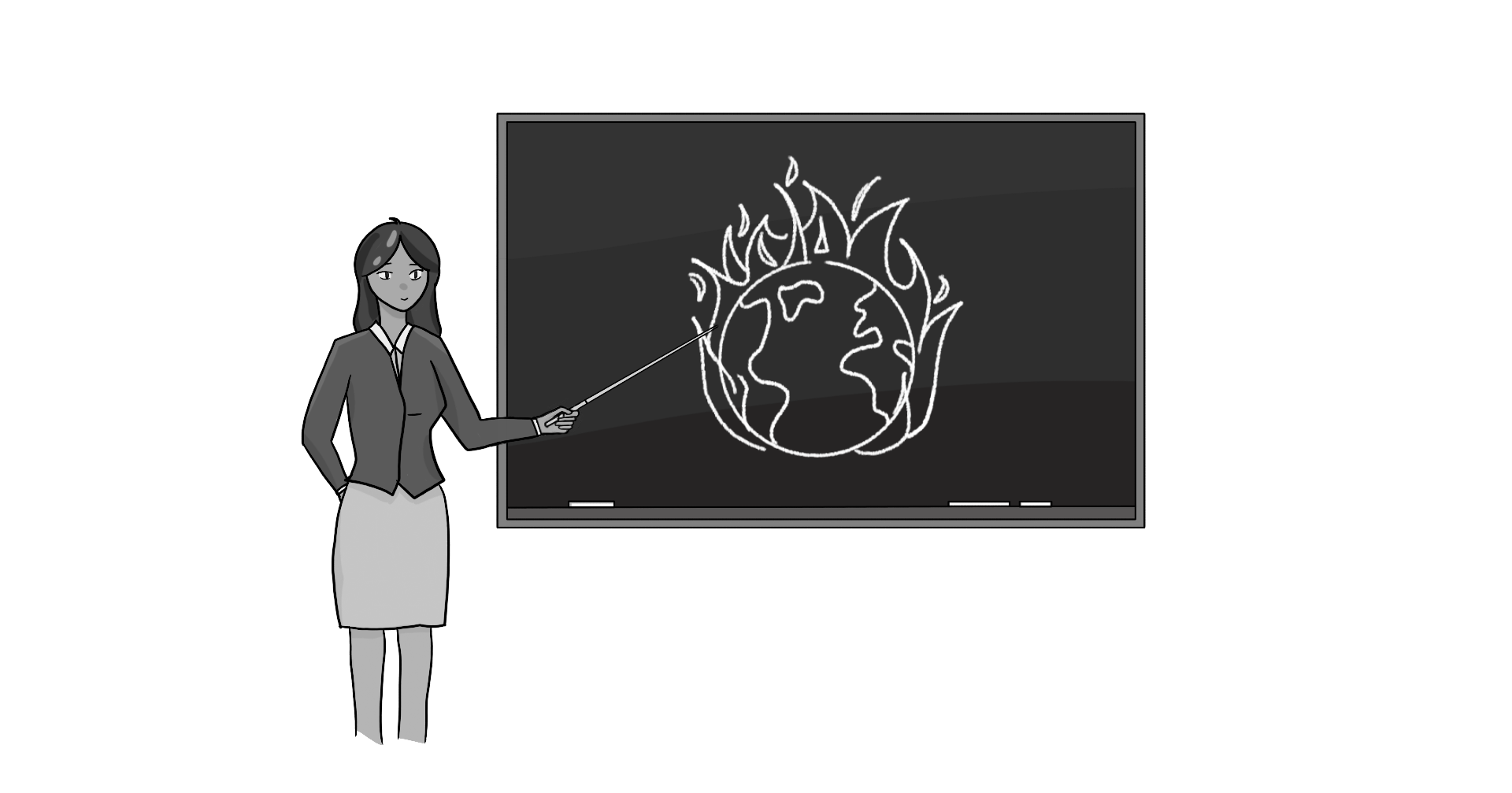PHS’ curriculums should involve climate change
November, 2022
This month, an impressive congregation of global leaders from over one hundred countries met for the 2022 United Nations Climate Change Conference (COP 27) occurred earlier this month, with ideas about how to deal with concerns such as the emission of greenhouse gasses and the steadily increasing number of natural disasters being at the forefront of most conversations. The conference mainly addressed how to deal with climate issues on a national level rather than a localized scale, but in actuality, state governments and communities, like high schools, are instrumental when it comes to combating global warming. Climate action shouldn’t just be up to the leaders and politicians who attended COP 27. Everyone, including students at Princeton High School, should engage in active conversations regarding both climate issues and solutions for those pressing problems. This starts with education, which plays a critical role in preparing students for participation in civic society. Education is critical to any social cause because it increases awareness of the issues at hand, spurring action, and eventually, change. Curriculums must first stress that action is needed immediately. For many, it seems that all we can do is sit back and watch. The warming of the Earth is frequently portrayed as a distant phenomenon. When climate issues are being reported on, a deluge of far-off dates is thrown at us. Everything is discussed in terms of deadlines, creating the image of an inevitable doomsday when climate change finally triggers the “end of the world,” instead of as an ongoing, malleable process of warming. As high school students, most of us are not thinking so far into the future. We can not fully imagine a time, decades from now, when Earth’s situation is completely different. Most young adults are more concerned with short-term priorities such as academics and extracurricular activities. It’s easy to believe that if we can’t see the impacts of something right away, it’s not worth paying attention to. Pretty much every student at PHS would much rather ace that math test or win that soccer game than even begin to ponder our ecological footprint. As a result, we delay taking action on climate change. The practical applications of climate change are far-reaching in subjects such as math, art, economics, and science, to name a few. To spark such conversations about climate, educators should strive to incorporate current events and climate-related issues into their classes, lessons, and projects. Global warming isn’t a topic that should be relegated to a single week-long unit in a middle school science class. Schools should teach about how we – as students – can contribute to reducing or stopping climate change and embrace sustainable practices. They should teach us how devastating the results will be if we do not begin to change. They should not, however, make these lessons boring! The same way that PHS has injected readings and reckonings with LGBTQ issues in some assignments for science classes, they could encourage teachers to create innovative lessons involving climate change. A statistics class centered around analyzing the economic damage of a hurricane, or an English class dissecting an Oliver Tearle poem about global warming, would manage to both educate students about climate issues and offer them new avenues to learn about existing subject material. Teachers should help students understand the severity and effects of climate change. Only through addressing the issue head on, by putting an emphasis on education about both its causes and effects, can PHS help raise the awareness that will eventually cause its students to take action. PHS has a moral obligation to help us combat the biggest problem that Earth faces today. As António Guterres, the Secretary-General of the United Nations put it at COP 27, “We are in a battle for our lives. But it is a battle we can win.